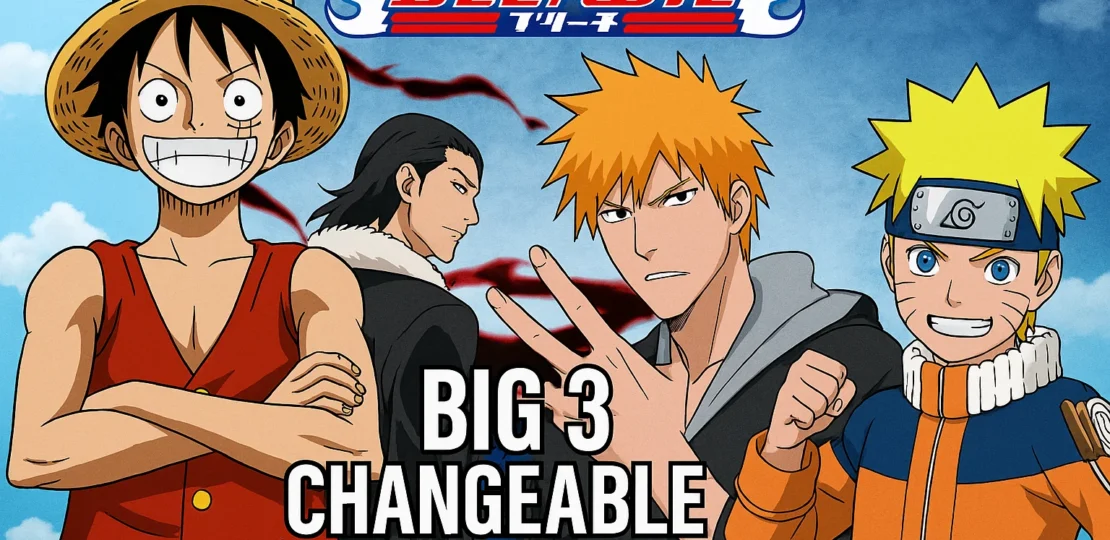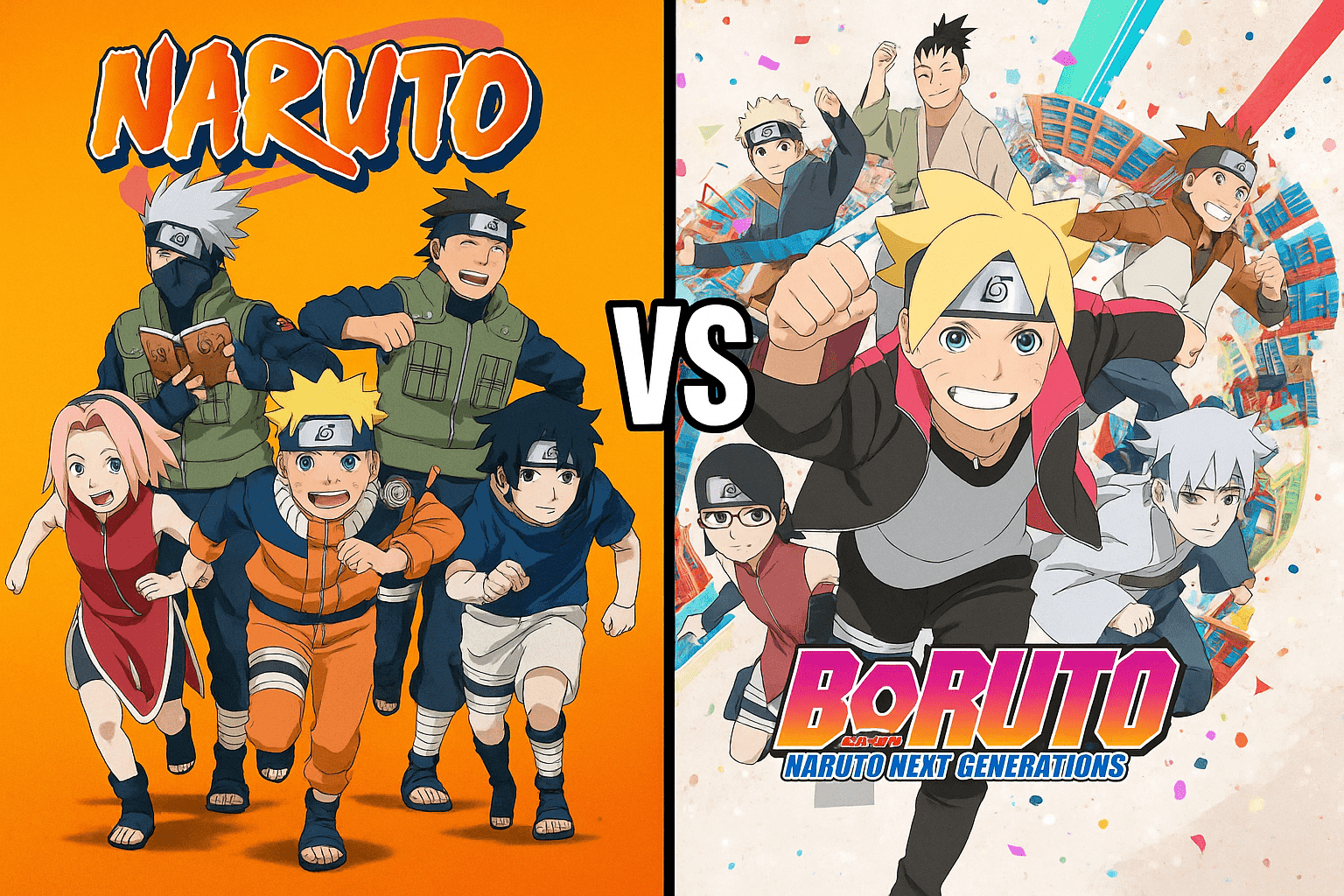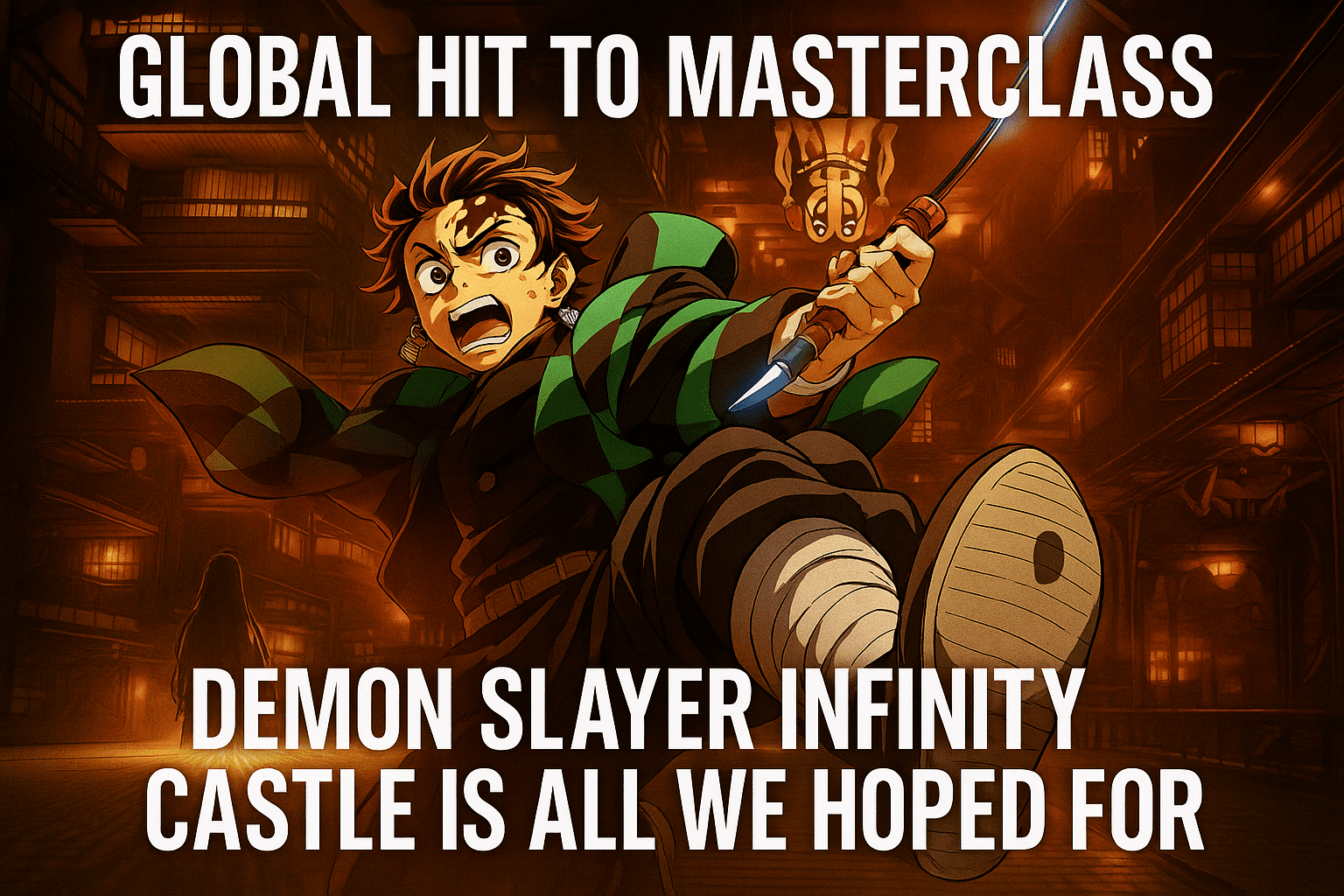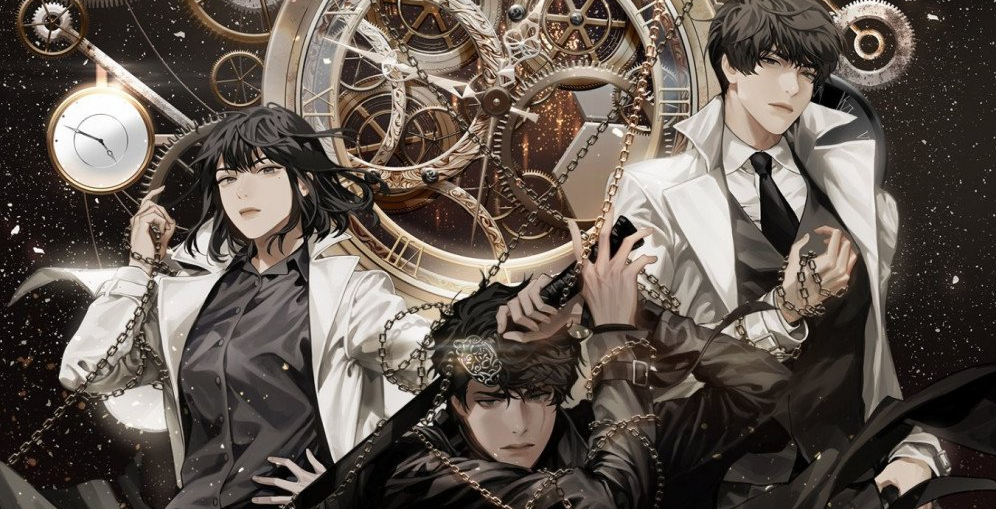Why Bleach Can Never Be Removed from the Big 3: The Soul of Shonen’s Golden Era
October 17, 2025 | by Haku

Introduction
The term “Big 3” in anime and manga fandom refers to One Piece, Naruto, and Bleach — the three juggernauts of Weekly Shonen Jump during the 2000s and early 2010s. otaku.fandom.com+1
Many fans and critics argue about which two or even one deserve inclusion, particularly scrutinizing Bleach’s place. But to claim Bleach should be removed is to misunderstand what the Big 3 represents: not only raw sales or consistency, but the cultural moment, the creative daring, and the emotional footprint each series left. In this article, I argue that Bleach cannot be removed from the Big 3 — and moreover, that its contributions are essential to understanding why that trio holds mythic status in fandom.
Below, we’ll examine:
- What “Big 3” means (beyond sales)
- Bleach’s unique strengths (design, themes, aesthetics)
- Bleach’s influence and legacy
- Critiques and counterarguments
- Why Bleach’s removal would hollow out the concept of the Big 3
What Does “Big 3” Really Mean?
Origins of the Term
The “Big 3” label was coined within English-language anime/manga fandom to refer to the three most visible, successful, and enduring Weekly Shōnen Jump titles of the 2000s: Naruto, Bleach, and One Piece. fanlore.org+2otaku.fandom.com+2 Although the term is less common in Japan itself, its adoption in international fandom has cemented these three as the default reference point for shonen dominance. fanlore.org
The label is as much about cultural status, fandom identity, and generational memory as it is about pure metrics. It evokes the era when these three ran concurrently for over a decade, consistently occupying prime spots in Jump’s cover rotation, securing anime adaptations, global licensing, and heavy fandom engagement. otaku.fandom.com+1
Beyond Sales and Rankings
Critics sometimes point out that Bleach’s sales declined in its later years, or that it lagged in story consistency or rankings compared to its peers. fanlore.org+2otaku.fandom.com+2 But the Big 3 is not solely a leaderboard. It is a narrative of which titles defined a generation, which ones were gateways for many fans, and which ones set pervasive benchmarks for worldbuilding, merchandising, cross-media presence, and fandom dedication.
Thus, excluding Bleach would not just remove one title from a list — it would erase a pillar of that era’s identity.
What Bleach Brings That Others Do Not
To show Bleach’s irreplaceability, we must look at what it uniquely contributes.
Bold Aesthetic and Visual Identity
One of Bleach’s most immediately distinctive attributes is its visual flair. Tite Kubo is renowned for his fashion sense, striking silhouettes, negative space usage, and stylish character designs. The Soul Reapers’ uniforms, the array of zanpakutō forms, the visual layering of hollows, Arrancar, Quincy — all gave Bleach a design-forward identity that many series envy.
Where Naruto offered ninja gear and One Piece embraced pirate motifs and whimsical variety, Bleach cultivated a gothic, spiritual, katana-centric aesthetic that felt simultaneously classic and avant-garde. This consistent visual identity made Bleach memorable, iconic, and distinct.
Spiritual & Mythological Depth
Bleach wove in spiritual, Buddhist, Shinto, and afterlife themes with a seriousness unusual for shonen action series. Its central conceit — the coexistence of human and spirit worlds, the duties of Soul Reapers, the dangers of Hollows and Quincies — gave it a moral and metaphysical backbone. Wikipedia
Its incorporation of purification, death, karma, and existential stakes elevated it beyond “just fights.” These elements expanded the emotional scope and gave Bleach a philosophical dimension that many fans found compelling.
Ambitious Worldbuilding
Bleach’s lore is wide and deep: the structure of Soul Society, the hierarchy of divisions, the mysterious Royal Realm, Hueco Mundo, the Quincy war, Fullbringers, etc. Over time, the series made itself not just a tale of a single hero, but a sprawling cosmology with shifting factions, evolving power systems, and political intrigue.
While One Piece also has grand worldbuilding, and Naruto explores lineage and history, Bleach’s lore is especially layered in the supernatural dimension, which gives a flavor the other two lack.
Emotional Stakes & Character Arcs
Bleach features characters whose arcs are deeply tied to identity, loss, and duality (e.g. Ichigo’s hybrid nature, Rukia’s burden, Uryū’s Quincy heritage, Byakuya’s duty). The emotional beats are often tied to sacrifice, responsibility, redemption, and existential confrontation.
Some readers might critique its later arcs for pacing issues or unresolved threads — a valid concern — but its earlier and mid arcs delivered some of the most memorable emotional moments in shonen (e.g. Rukia’s sentencing, the battle against Aizen, Urahara’s strategies).
Fandom & Cultural Impact
Bleach spawned a wide array of merchandise, video games, spin-offs, and has a revived interest thanks to the Thousand-Year Blood War adaptation. The fact that a “finished” series still has cultural momentum shows lasting value.
Also, many international fans cite Bleach as their introduction to anime beyond Naruto and One Piece, giving it a gateway status. Its representation in cosplay, memetic imagery (bankai reveals, zanpakutō shoutouts), and community debates ensures its ongoing visibility.
Influence & Legacy
Inspiring Later Works
Many subsequent manga and anime creators have cited Bleach’s mix of supernatural battles, swordplay, and mythic scope as an influence. Its blending of stylistic flair with worldbuilding ambition helped push the boundaries of what a Jump shonen could look like and feel like. Fan discussions often credit Bleach with expanding the aesthetic vocabulary of shonen. FanVerse+1
Sustained Revival
Bleach’s Thousand-Year Blood War (TYBW) arc, which received an anime adaptation, renewed interest in the series globally. That a franchise with a “finished” status could mount a comeback shows how deeply embedded it is in fandom memory.
This revival reinforces that Bleach is not merely a relic, but a living part of the anime conversation. Its inclusion in the Big 3 is thus not just historical but relevant to ongoing fandom dynamics.
Symbolic importance for the Big 3 era
When fans say “Big 3,” they often evoke a particular era of fandom — mid-2000s to early 2010s — when anime conventions, scanlations, Dragon Ball nostalgia, and Jump dominance converged. In that narrative, Bleach is essential: it completed the trio. Without Bleach, “Big 3” loses its mythic completeness.
Many fan glossaries and wikis list Bleach as one of the Big 3 by default, and challenge its exclusion persistently. fanlore.org+1
Critiques & Counterarguments (and Responses)
Critique: Bleach declined in quality and popularity
Yes — the series had uneven pacing, some arcs felt rushed or meandering, and in its later years its ranking in Jump dropped. fanlore.org+1
Response: True, but that decline is present in Naruto (post-Timeskip issues) and One Piece too (some sagas are better than others). The Big 3 identity is not invalidated by later flaws, because prestige is built on the totality of achievements, not perfection throughout.
Also, even during its decline, Bleach maintained a dedicated core audience, and its legacy is not erased by peaks or troughs.
Critique: Bleach never matched One Piece in sales or cultural dominance
Indeed, One Piece often outsold and outshone Bleach (and Naruto) in Japan. Some argue that Bleach was always the third wheel. fanlore.org+2otaku.fandom.com+2
Response: Being “third” does not make one removable. In a trio, one is bound to be less dominant. What matters is that all three held sustained prominence long enough to define an era. Bleach’s global reach, merchandise, anime adaptation length, and enduring fandom prove that it was more than just a distant third.
Critique: The concept of Big 3 is fan-made, not official
That’s true — “Big 3” is a fandom shorthand, not an editorial designation by Jump. But fandom constructs can wield real cultural weight. Over time, Big 3 became shorthand for the golden era of Jump fandom, regardless of official endorsement.
Response: Because the Big 3 is a fan-term, excluding Bleach would be tantamount to rewriting fandom. Its presence is baked into how a generation views anime history.
Critique: New series should replace Bleach (e.g. My Hero Academia, Black Clover)
Many fans propose newer trios (One Piece + My Hero Academia + …) or demote Bleach in favor of current hits. Some argue generational relevance demands fresh faces.
Response: The Big 3 is historically bounded. It refers to a period when Naruto, Bleach, and One Piece ruled concurrently. To transplant Bleach out would ignore the historical integrity of that timeframe. New series can form new “Big” groupings, but they don’t retroactively displace the original trio.
Why Removing Bleach Would Hollow the Big 3
Losing the “balance” of the trio
If we remove Bleach, we’re left with One Piece and Naruto. That becomes just a duo — and loses the evocative force of a trinity. The notion of three pillars is powerful: it suggests diversity in style, competition, and cross-pollination, not just two extremes.
Erasing a distinct dimension
Bleach is the supernatural, the spiritual, the katana aesthetic. Naruto offers ninjas, chakra, bonds and One Piece delivers pirates, treasure, freedom. To remove Bleach is to collapse the aesthetic triangle into a flatter line, losing contrast.
Undercutting historical memory
Many fans grew up during an era when seeing the Jump magazine covers or anime lineups meant glimpsing all three at once. Today’s conventions, merch, crossover media — they carried Bleach in close orbit with the others. Bleach’s removal breaks the lived memory of that era.
Undermining thematic resonance
Bleach’s inclusion allows comparisons: Naruto’s themes of friendship and fate, One Piece’s freedom and adventure, Bleach’s mortality and spiritual duty. The dialogue among those themes enriches the Big 3 as a unit. Without Bleach, that thematic conversation is impoverished.
Conclusion
Bleach cannot and should not be removed from the Big 3. While not perfect, its visual identity, spiritual depth, worldbuilding ambition, emotional resonance, and influence on fandom all make it foundational. Removing Bleach would erase a crucial dimension of how a generation experienced Jump’s golden era.
The Big 3 is not a static ranking of power — it’s a cultural mythos. Bleach is woven into that myth by design, and its removal would not correct an error: it would hollow out the myth itself.
Find for Anime Recommendations here.
RELATED POSTS
View all


